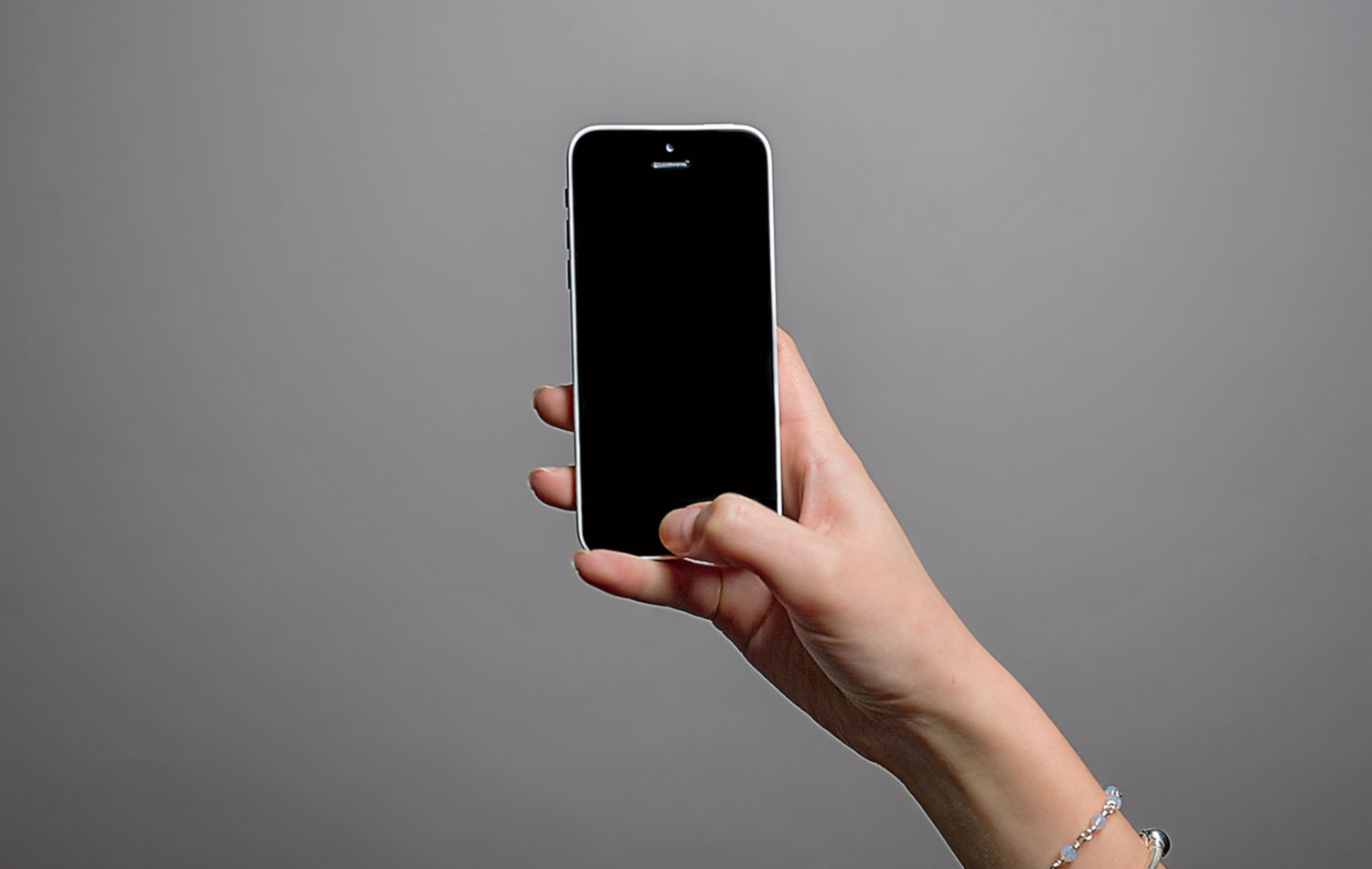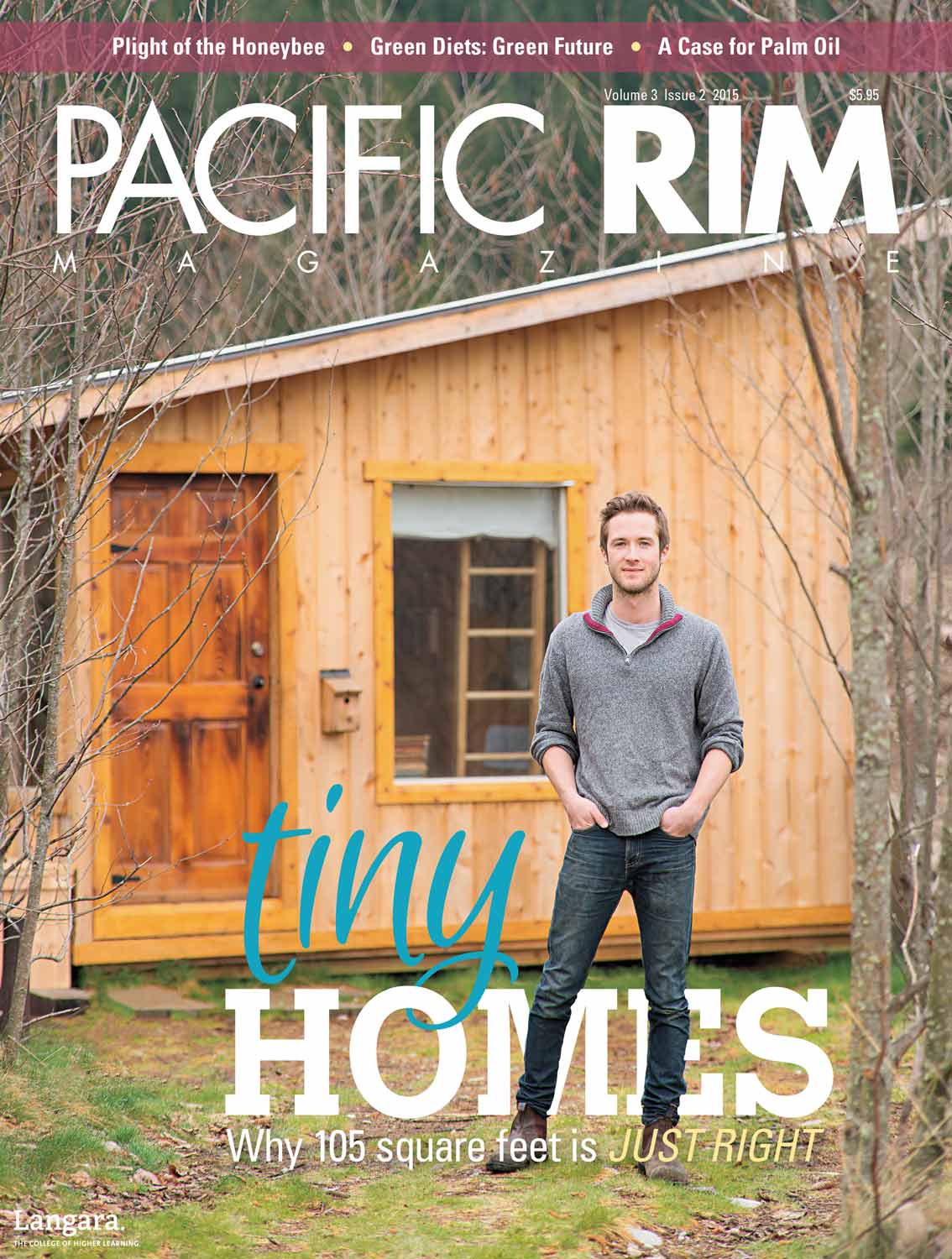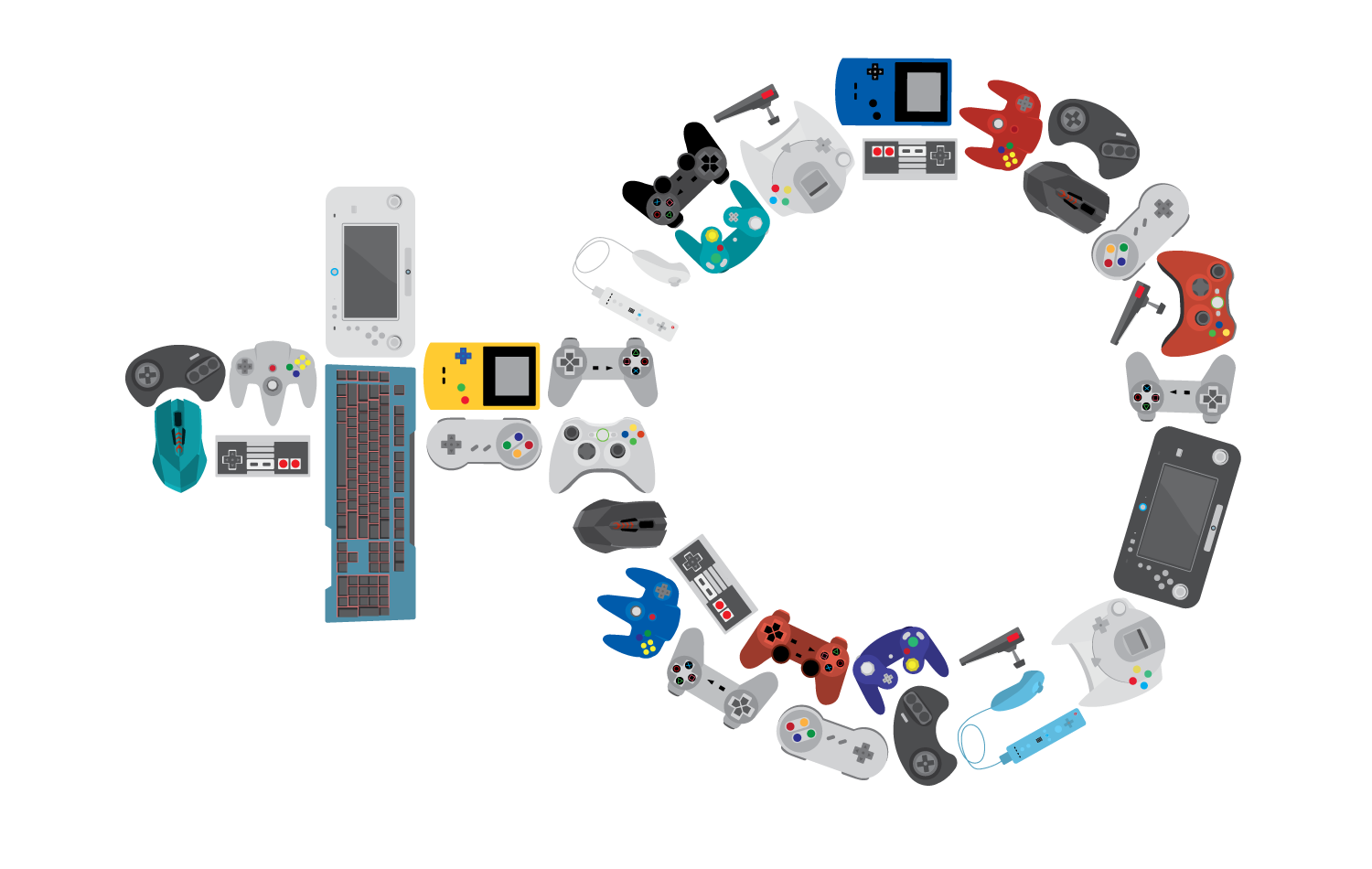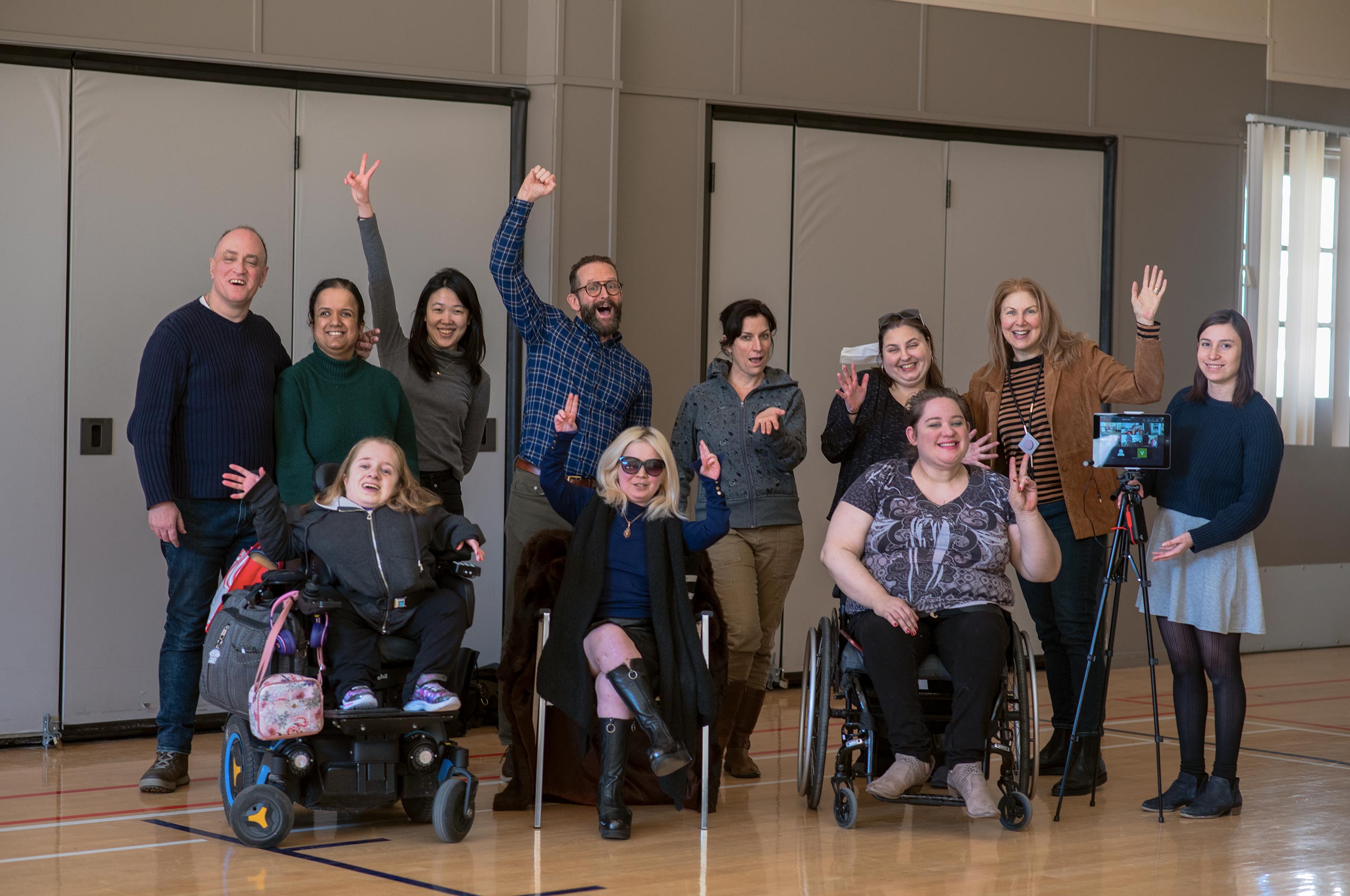Typing, tapping, and swiping have become second nature to you; your smartphone is like an extension of your hands. You’ve learned the rhythms: tap to open, swipe to navigate. The surface is smooth, and you operate the touch screen with ease. Interacting with a smartphone is more visual than tactile, so how might a person with sight impairments use a smartphone? Is it possible?
People with all degrees of vision loss are able to use smartphones because of accessible technology, which is designed with a disability in mind. Apple and Google are leaders in designing accessible software: Apple develops iOS, the iPhone operating system, and Google develops the Android operating system.
Within the System
Apple introduced the VoiceOver accessibility feature to iOS in 2009. VoiceOver is a gesture-based screen reader that provides spoken descriptions while the finger moves around the touchscreen. In 2011, Google released TalkBack, which can be activated to supply spoken feedback: someone with a visual impairment can know what their finger is over, and how they can open the selection or navigate to something else. Awareness and knowledge of these features is important — you have to understand what is available on your smartphone in order to use it.
No Longer a Luxury
Maggie Lee Grant is a wife and mother, and lives with total vision loss. She learned to use VoiceOver on her iPhone in order to access information. “Any information that I used to get was from outside sources, whether it be family, friends, or the radio, but now with the iPhone, I can access my own information. […] I feel like it’s opened up the world to me,” Lee Grant says. She believes that owning a smartphone is not a matter of luxury, but of necessity. She is part of the Government Relations and Advocacy group through the Canadian National Institute for the Blind (CNIB) in Winnipeg, Manitoba, where she consults with the provincial government to encourage subsidization for devices that help those with visual impairments.
Rob Sleath lost his sight at age 36, and has committed his life to advocacy work. Rob is on the CNIB’s National Board of Directors, and is founding member and president of Access for Sight Impaired Consumers (ASIC), a consumer-driven advocacy group based in British Columbia. Sleath is passionate about accessible technology: “It’s not my vision loss that is […] the true definition of my disability,” he says. “What really causes my disability is the environment around me. So if I change the environment, I minimize, or in some cases even eliminate, the disability.”
Sleath used a flip phone for many years, but that changed after a dinner with friends. One friend had total vision loss and the other was partially sighted, and they told Sleath that they each had purchased iPhones. “[I said to them,] ‘You’re kidding, how do you use that? You can’t use it, there’s no buttons on it!’” he says. In the noisy restaurant, his friends demonstrated how VoiceOver works. Now, Sleath gives the engineers at Apple an “A+” for their work on accessibility.
Applied Accessibility
An accessible smartphone equipped with specialized apps can replace the need for individual assistive technologies, like label readers, colour detectors, and speaking clocks. “TapTapSee” is an app that co-operates with a smartphone’s camera and VoiceOver or TalkBack to photograph objects and identify them aloud. Lee Grant has used “TapTapSee” to decipher labels, and has experimented with taking pictures of her family members. Sleath calls “TapTapSee” an “amazing little app,” and has used it to identify objects at home or in unfamiliar surroundings. At home, he used his iPhone to photograph a can from his cupboard to discover it was pineapple chunks; in a waiting room, he decided to experiment with “TapTapSee” and discovered there was a coffee table with magazines, a black leather couch, and a potted plant.
“Lend An Eye” is another useful accessible app. It’s a remote guidance system developed by Grey Group Singapore (an advertising and marketing organization) that can be downloaded onto Android smartphones. When “Lend An Eye” is activated, phone calls are sent to volunteers. When a call is connected, live-stream video is launched and guidance begins.
Unfortunately, although all this technology exists, financial barriers are limiting ownership. According to the World Health Organization (WHO), “about 90 percent of the world’s visually impaired live in low-income settings.” Under these circumstances, the opportunity to own a smartphone might seem out of reach. Fortunately, the cost of smartphones is decreasing, and the International Data Corporation (IDC) predicts that the average smartphone will cost only $267 by 2018.
The current trajectory is favourable: as smartphones become more accessible and affordable, the gap between the experience of a seeing individual and visually impaired person narrows as the smartphone audience grows.











